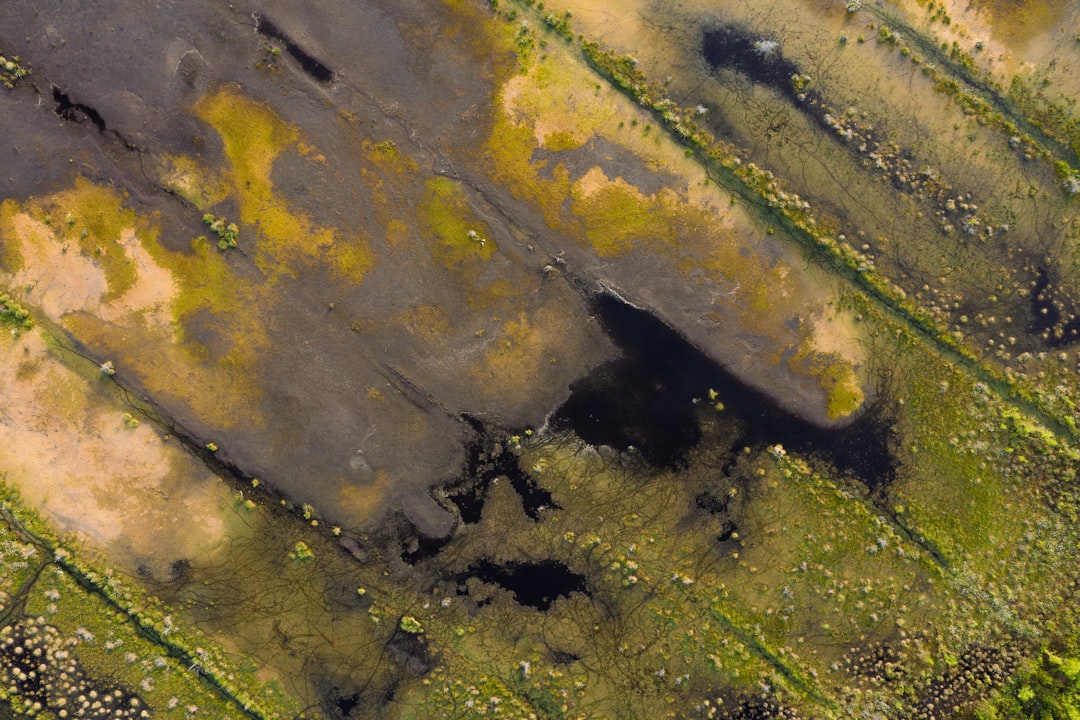What is it about?
An experiment in a tropical seagrass meadow to investigate how disturbance affects the CO2 capture potential of seagrass plants. We used a novel aproach developed for in situ estimations combining continuous measurements of photosynthetic rates (PAM Fluorometry), plant morphology, biomass, and productivity/respiration ratios to assess the CO2 capture potential of the seagrass plants. We also measured plant growth and resource allocation. The results showed that shading and simulated grazing led to significant reductions in seagrass productivity, biomass, and leaf area, resulting in a negative daily carbon balance. It was also found that the main reserve sources for plant growth were reduced in all treatments except for the low-intensity simulated grazing treatment. These combined effects could have long-lasting and devastating effects on the carbon sequestration capacity of the seagrass system.
Featured Image

Photo by Benjamin L. Jones on Unsplash
Why is it important?
Coastal plants, like seagrasses, are very good at capturing and storing carbon, which is important for reducing the amount of carbon dioxide in the atmosphere and mitigating climate change. However, when these plants are disturbed, their ability to capture carbon can be reduced. This study looked at how different levels of shading and simulated grazing affected the ability of a tropical seagrass meadow to capture carbon. They found that disturbance led to a reduction in carbon capture, which could have negative effects on the ecosystem and its ability to mitigate climate change.
Read the Original
This page is a summary of: Contribution of seagrass plants to CO2 capture in a tropical seagrass meadow under experimental disturbance, PLoS ONE, July 2017, PLOS,
DOI: 10.1371/journal.pone.0181386.
You can read the full text:
Contributors
The following have contributed to this page










